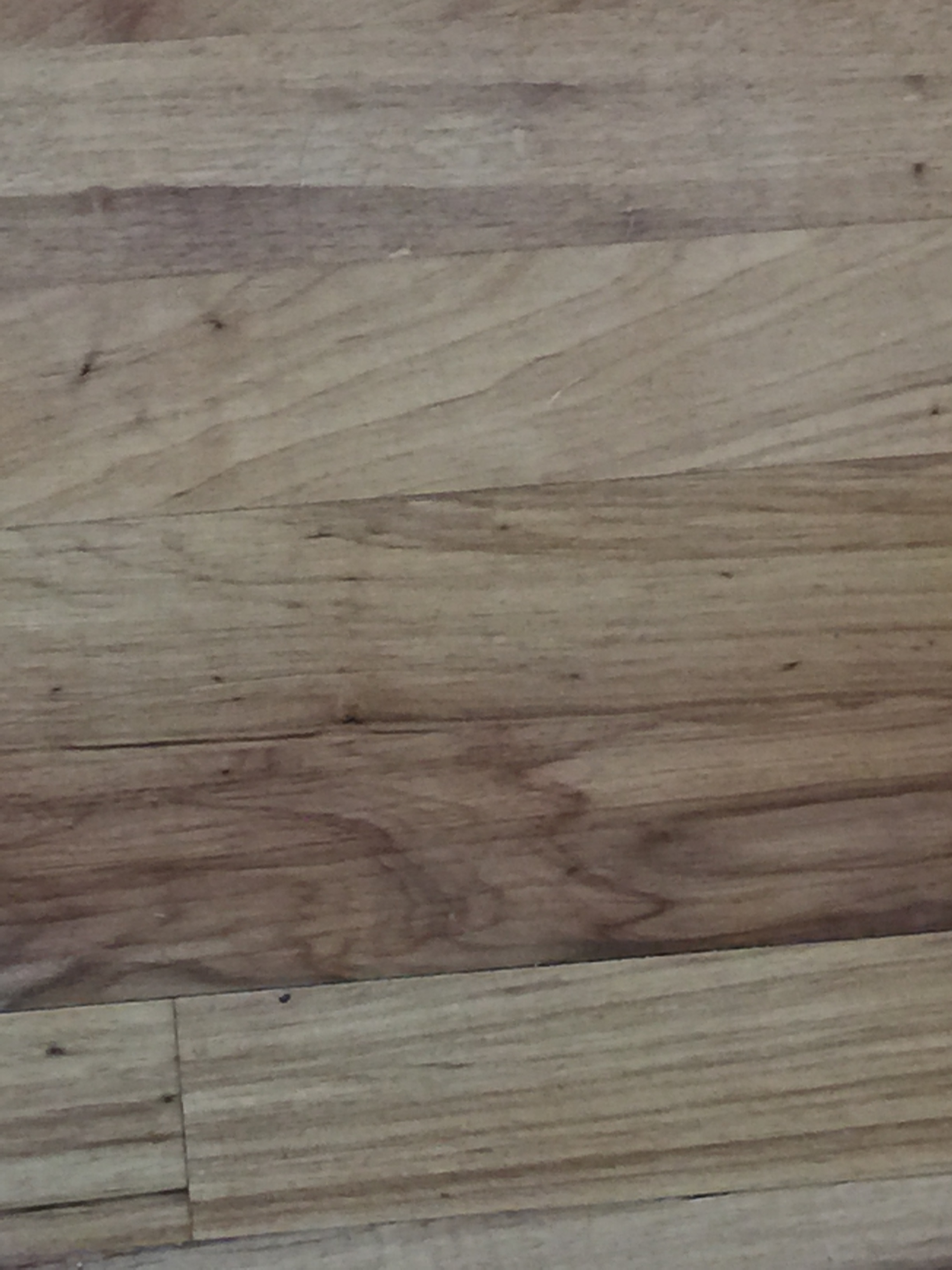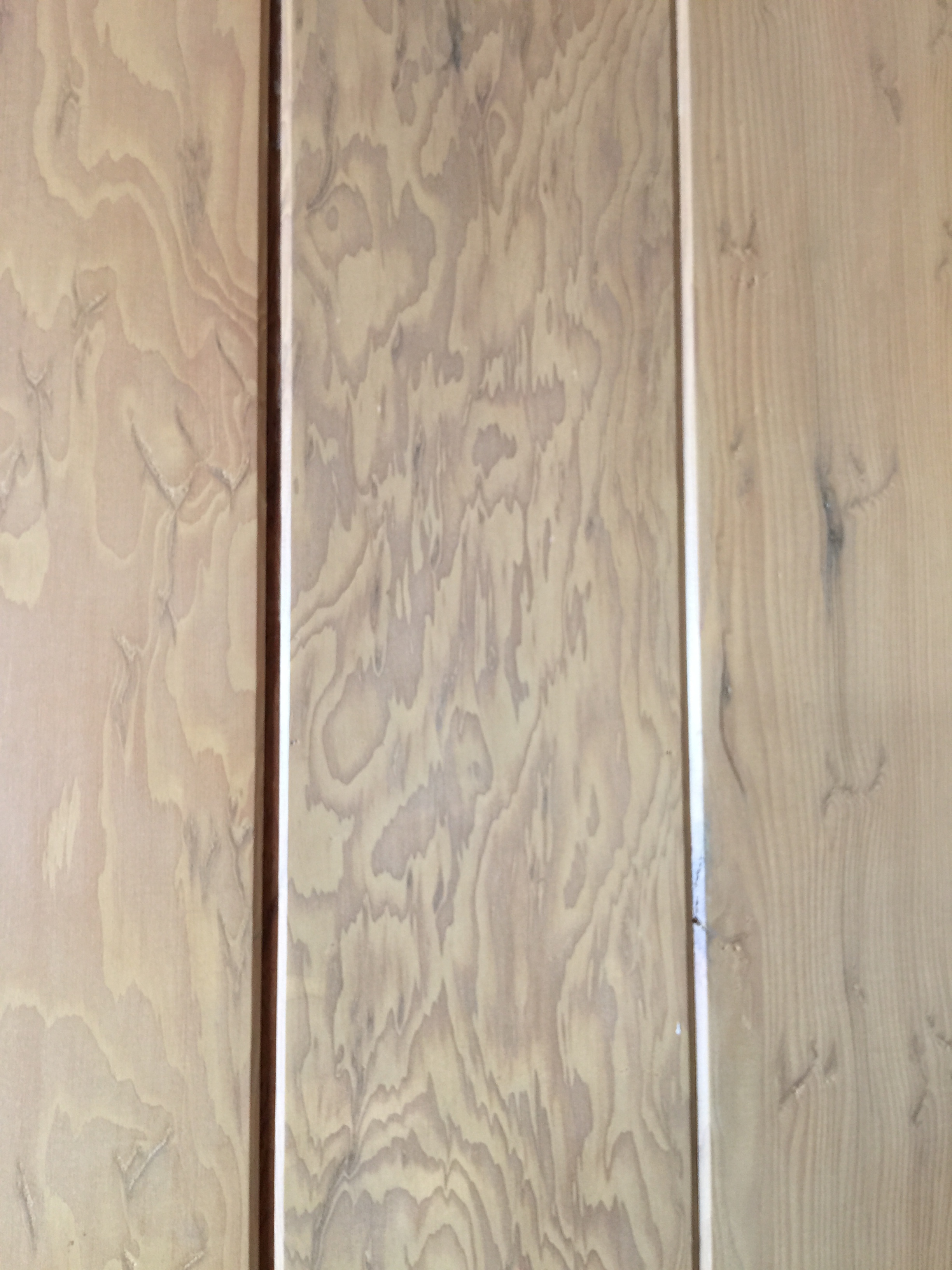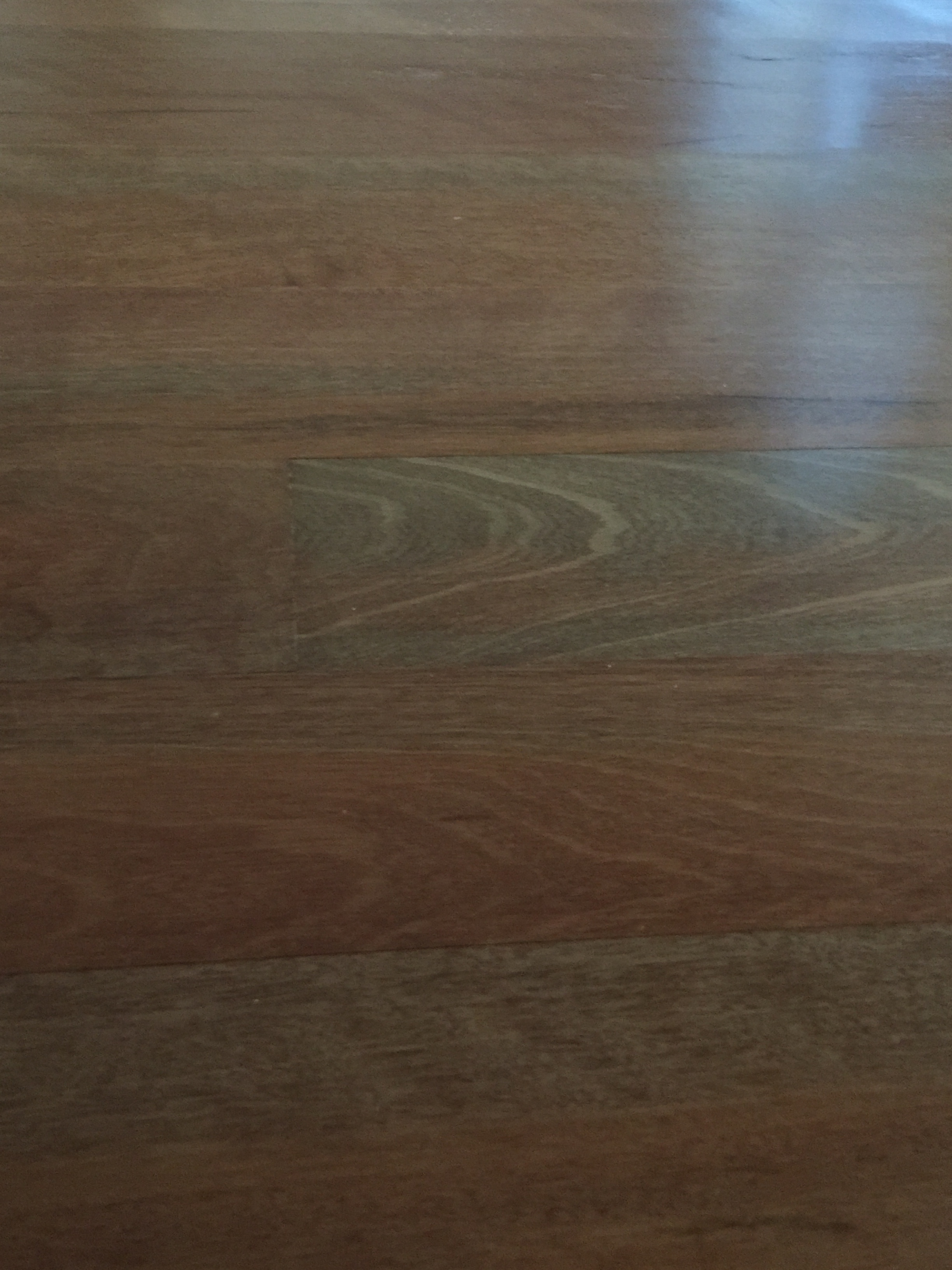When walking on or wondering about the wood beneath your feet, that which sheaths the walls or hanging on cabinets–color, texture, warmth and durability are all features to consider when selecting wood products for your home. 
I was in a lovely house recently that had Hemlock on the walls and Hickory on the floor. Hemlock is not always a top choice for interior woodwork as the wood is full of knots and is considered a medium softwood. What I discovered in this particular application was that the Hemlock blanketing accent walls in this house gave the rooms warmth filled with soft, subtle, knotty character–simply beautiful. The floors made of Hickory are a species of deciduous hardwood found throughout North America. Again, a warm, durable and character filled platform.
The sustainable Northwest woods for construction, both interior and exterior, include products made from tees such as; Alder, Big Leaf Maple, Restoration Juniper, Pacific Madrone, Oregon Myrtle, Willamette Valley Walnut, Oregon White Oak, Douglas Fir, and Campground Blue Pine. The color palette within these native woods ranges from a dark chocolate to caramel to blonde vanilla.
Supporting tip toes and tangos in another home is a farmed wood out of Africa called Moabi. It is from the African Moabi Pearwood tree. Pinkish brown in color, delicate figured grain patterns dance before your eyes broadening the plethora of wood options for interior and exterior construction.
Making educated and responsible decisions about the type of wood, the application and whether or not the wood of choice is a renewable resource, are all part of the magic and mystery of selection and environment. Selecting woods from healthy, sustainable ecosystems fosters discussion for today's generation about the promising future of wood in our homes and in our forests.

 Facebook
Facebook
 X
X
 Pinterest
Pinterest
 Copy Link
Copy Link



